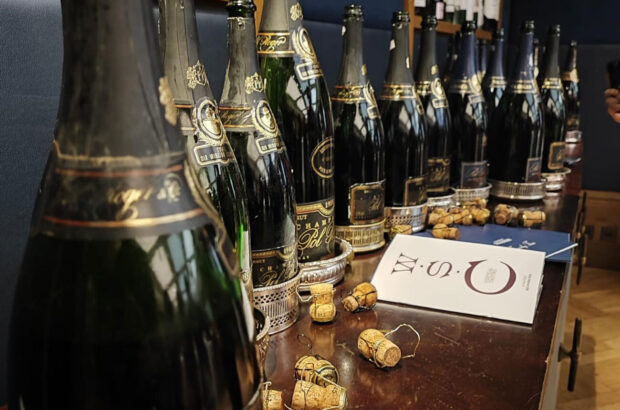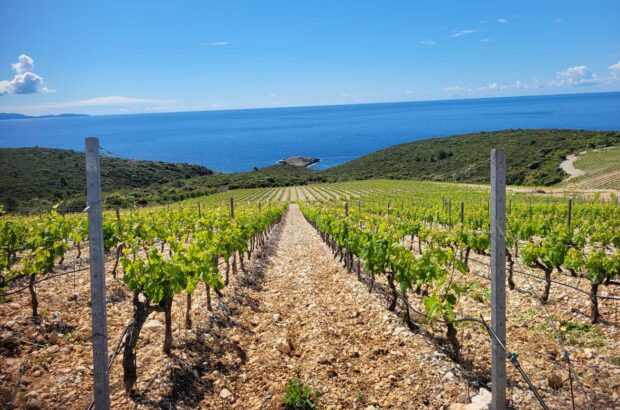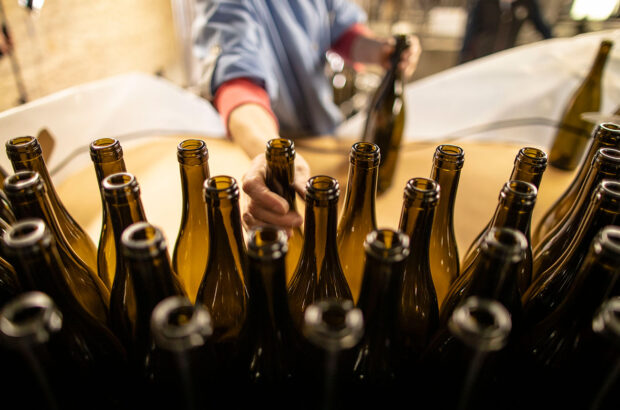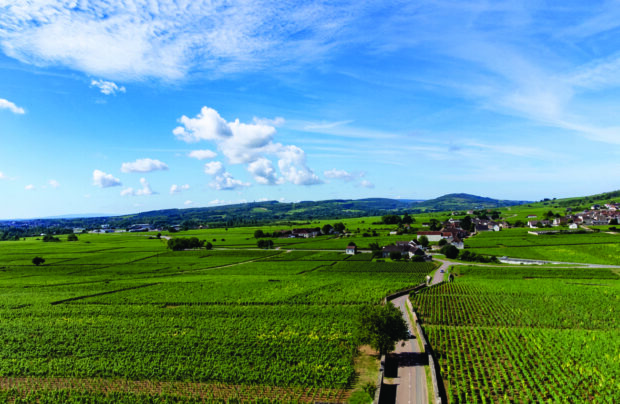Alexandre Fréguin is a qualified sommelier, educator and wine event organiser – in August 2024, will be taking his Master Sommelier examination. Having begun his career in 2009 as an apprentice at Michelin one-star Restaurant Pierre Reboul in Aix-en-Provence, Fréguin has since worked in prestigious establishments in France and the UK. In 2018, he won the Taittinger UK Sommelier of the Year award, and he has served as the wine director for Famille Perrin in the southern Rhône since 2020.
Ah, Slovenia! I fell, hard and fast, in love with the country in 2016 during my first trip there – a visit planned on a whim after reading about it in Decanter. I dream about moving there one day, my heart captured by the Alpine beauty, endless valleys and clear lakes as blue as the sky.
Nature is everything here, and every Slovenian has so much respect for the land that it’s no surprise to discover some incredible wines being produced there.
From east to west, Slovenia has three main wine regions: Podravje, Posavje and Primorska. All wine styles are produced, but my primary passion is for the bright whites. The profound sense of terroir here is simply astonishing, proud women and men growing exciting indigenous grapes such as Rebula, Vitovska (my favourite), Zelen and Malvazija Istarska.
There are two winemaking dynamics. Inevitably, you’ll find larger cooperatives, often producing more commercial styles. But the real excitement is found among the smaller growers who are crafting incredibly layered, complex and vibrant wines. I would call them gardeners, given the intimate relationship they clearly have with their vines.
Looking at the white grapes in more depth, let’s start with Zelen (meaning ‘green’): found in the western region of Vipava valley, it delivers lively, zingy, aromatic wines. Rebula – shared with northeast Italy’s Fruili region, where it’s known as Ribolla Gialla – has a home here in Brda, and produces an array of styles from fresh and fruity, through skin-contact examples, to sparkling and sweet wines – Marjan Simčič producing one of the best examples of the latter with the passito-style cuvée Leonardo.
Moving to Malvazija Istarska – what grace here, a grape that delivers a clear Istrian stamp of character. In textured and powerful examples that have been aged in large old oak with some lees contact, you have a wine ready to match any seafood fresh from the Adriatic.
The Vitovska grape and the Karst region is a match made in heaven. I will never forget my first glass. Powerful, with a lingering palate – and often with ‘yellow’ characteristics of dried straw, honey, ripe apricot and cooked peaches, plus a white pepper lift – this grape responds well to skin contact and long ageing. Whatever the expression in your glass, Vitovska makes you feel alive.
All of these are some of the very best food companions, matching pretty much the whole range of vegetables, especially root vegetables, as well as any kind of white meat. The skin-contact styles will shine with mushrooms, and Malvazija is perfect with any seafood.
A word of advice: as a general rule, these are wines to serve not too cold – around 10°-12°C – but most importantly, if you can, open the bottle a few hours before you plan to drink it and the experience will reach another level.
Discovering Slovenian white: Alexandre’s three to try
First, Burja’s Zelen 2022 (£24-£25.15 Les Caves de Pyrene, Sip Wines). This is a textbook version of this ancient variety with personality and vibrant aromatics, from the Vipava valley. I love the clean expression of the grape, preserved by a simple vinification in stainless steel.

Over in the Istrian part of Slovenia, Uroš Klabjan farms vines planted 3km from the Adriatic, bestowing a marked marine influence on its Klabjan, Black Label Malvazija 2019 (£43-£49.50 Highbury Library, Roland Wines). A four-day maceration on skins gives a profound and perfumed expression, with notes of ripe orange peel and jam. There’s also a delicate fragrance of almond. The length is incredible, driven by an infinite salinity.

Last but not least, Marko Fon’s Vitovska, Kras 2018. Fon has spent more than 30 years making some of Slovenia’s greatest expressions of the Vitovska grape. Long ageing in botti has given the wine a sense of serenity. It’s elegant but fleshy, very complex but shy at the same time.













